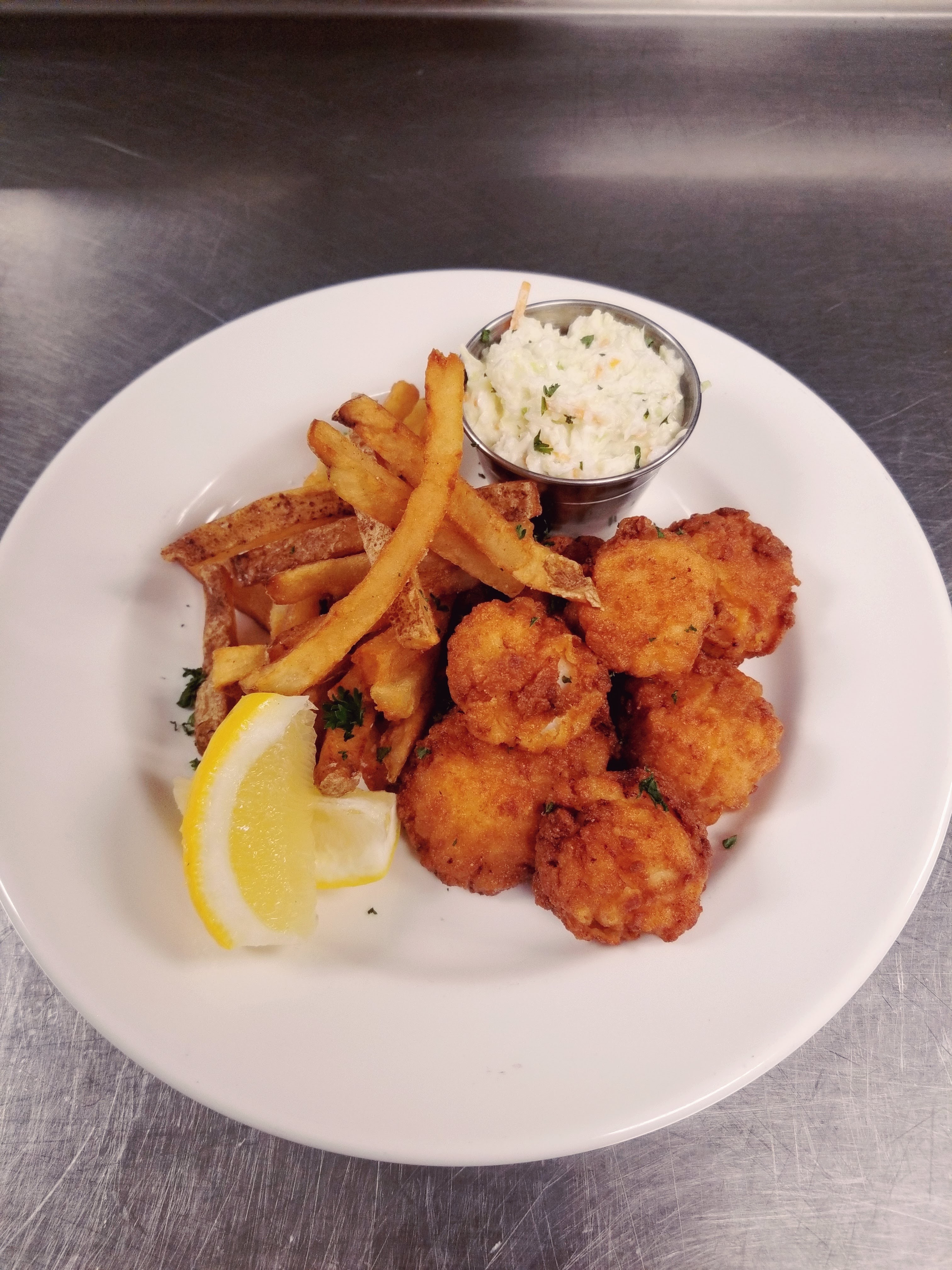Your experience in The dining room matters
Food in retirement communities is important. It can seem like cuisine will make or break a place. I was a salesperson in a senior living community and for the community I worked in, food was the biggest differentiator.
Often families who are first touring assume that food in senior living will leave a lot to be desired. There is an expectation that the food will be like it is in a nursing home but sometimes people actually move to independent and assisted living communities for the food!
The food in an assisted living food is far better than nursing home food. Communities often pour resources into food and building impressive menus.
Dietians are not normally involved in the consultation or design of menus at assisted living communities. These menus are crafted by chefs with varying backgrounds. Often independent living and assisted living offer menus that are heavy in sweets or carbohydrates, after all these are some of the last taste buds to change.
Communities understand that for older people it can be difficult to get a reliable meal at home. Good food can make the difference and understanding your unique tastebuds and those of your loved one first is essential. You deserve food that meets your individual tastes!
Consider your favorite food before going on a tour. Think about what time and how you like to be served your meals. Here are some particular details to watch for;
Dining room experience and training
Dining room atmosphere and meal timing
Meal programs and flexibility
There are a lot of factors that contribute to your experience in a community dining room. Here are some ways to safely predict how the food and quality of what you will be fed may be in a community;
The experience your dining room team has will make a difference in your satisfaction!
The backgrounds of individual staff people in the dining room at a community matter. The training of your dining room management team and kitchen staff matter. In particular you can pay attention to to the history and experience a community chef and sous chef bring to the community.
Some chefs come from restaurant backgrounds and others come from institutional backgrounds. There are two schools of thought about how a chef is trained.
Restaurant trained chefs may be more in tune with their residents and perform better to their liking. It may be more difficult for a restaurant chef to perform with tight staffing or with budgetary restrictions.
Institutionally trained chefs may be more predictable with how they handle the desires of their residents but more creative under the pressure of a tight budget. It should be your working assumption that the budget in a retirement community will always be tight.
Whenever possible our team at Assisted Living Locators recommends trying the food in a community before making a decision. You may even want to think about meeting the culinary team in a community. Chefs who solicit feedback may be more satisfactory to their residents than those who cook the way they’ve been designated by corporate. You should understand the pace of a community menu and how often food is repeated on the menu.
Asking the question about how a menu is dictated is helpful. Some menus come straight from a corporate team and others are determined by the local chef. If a community has particularly detailed nutritional facts for meals it is a safe assumption that a corporate team is supporting their menu options and that creativity among the culinary team may be limited.
Assisted living “restaurants” are not always created equal. Here are the ways some local communities operate their food programs;
In places like Ashton Gardens or Woods at Canco, meals are served on time at a certain time with a dining room menu. Some places may have a made to order menu where you can order sandwiches or salads as you like them during meal time. Chefs at these communities like to have fun with their menu. Woods at Canco once held the record for the world’s largest ice cream sundae. Check out the article here.
Sable Lodge and other communities offer salad bars and all you can eat menus. They may also offer a formal dining program and a chance to celebrate certain occasions with fancier meal options.
Some communities like NorthBridge properties, Stroudwater Lodge and Avita of Stroudwater make it clear that they collaborate with local growers and producers. Smart dining programs recognize that age does not lessen the desire for fresh dining options. Tastebuds may change in age but the demand for quality dining becomes even more important! Stroudwater Lodge once brought an experience to their residents in brewing their own beer! Check out the news article here.
Formal dining is an option in certain places along with a la carte options and deli or cafe type settings. At Park Danforth the team works hard to offer their independent living residents a lot of flexibility. They recognize that the atmosphere of their dining room plays a role in the type of dining experience residents have.
At a lot of communities meals are served on a clock and during restricted dining hours. You can reliably understand that meals will be served at 8:30 in the morning, 12:30 in the afternoon or 5:30 at night. Some communities want to encourage socialization. It is also simpler for a chef to maintain routine dining room times. Families should know whether room service is available and if there is a charge for it.
Before making a move you should consider whether dining programs will provide you with the access to meals you are looking for. Assisted living should help you expand your options and provide you with more choices. Consider any limitations and ways dining will suit your desires before moving!
Finally another facet to community dining programs that you should think about is whether or not you will be able to cook for yourself. Some communities offer residents access to a kitchen of their own. Others have a kitchenette. Some places offer full stoves and others do not. Most places also offer a community kitchen where you are expected to bring your own ingredients.




